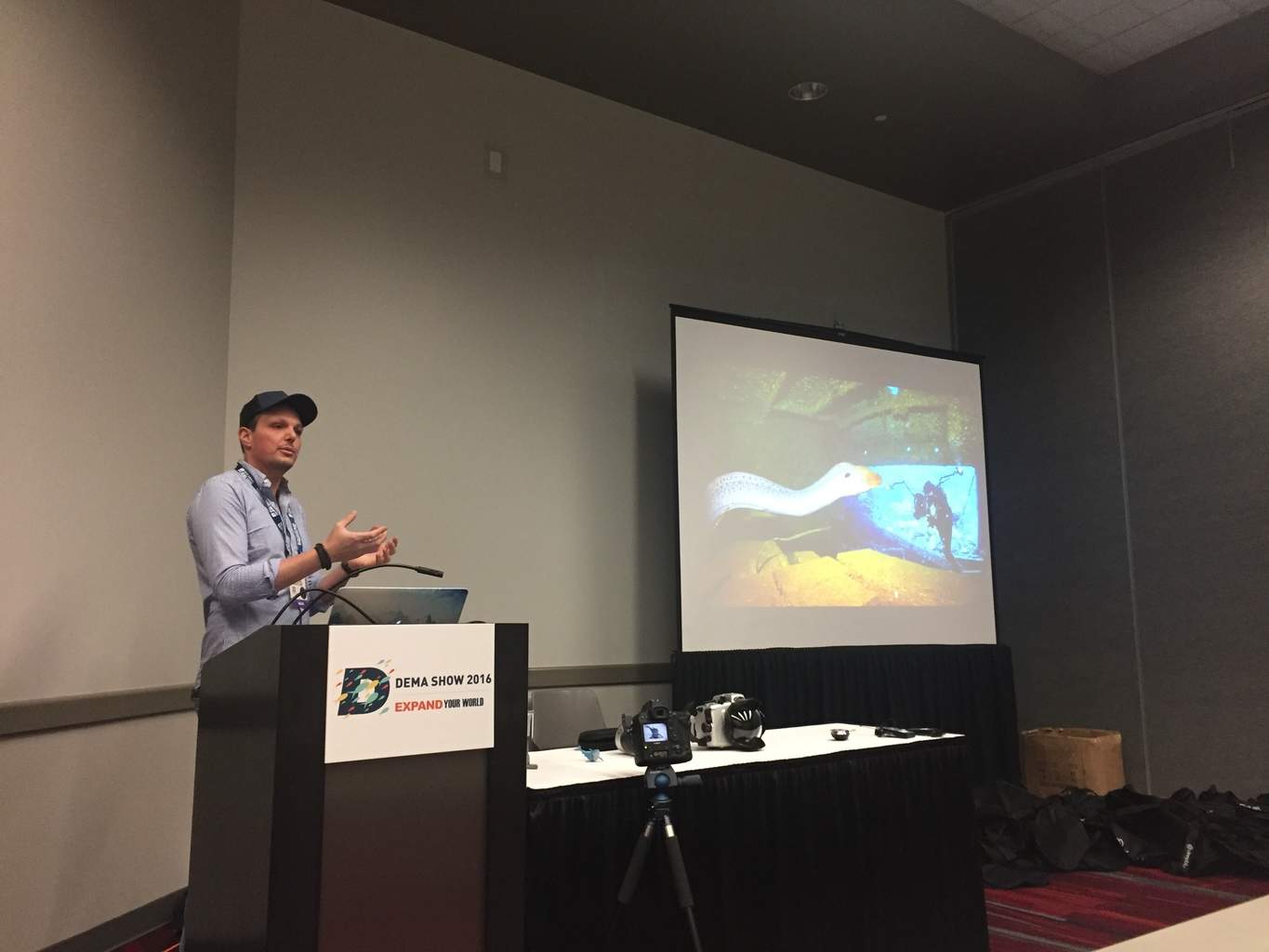News
Tobias Friedrich: Painting with Light Underwater
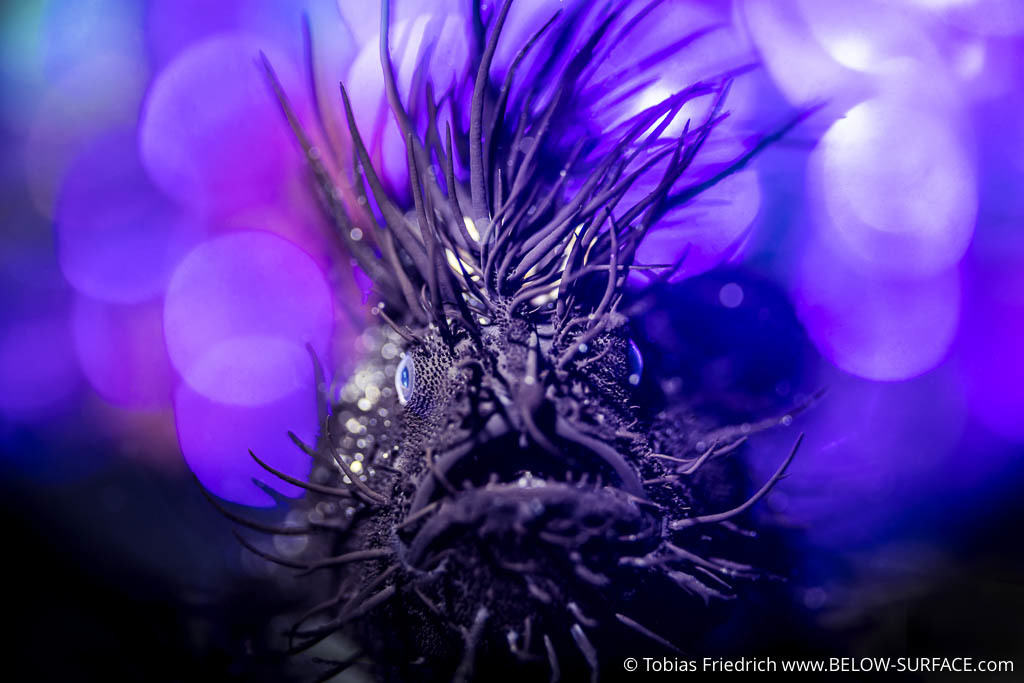
Getting the light right is imperative for all types of photography, but in underwater photography it can single-handedly make or break an image. Professional underwater photographer Tobias Friedrich revealed his secrets at the Deepblu Expert Spotlight Sessions at DEMA 2016 in Las Vegas.
In his seminar Painting with Light in Underwater Photography, Friedrich used case studies to show how he created his own images, illustrated key lessons and shared scores of useful tips and techniques for controlling the light in underwater photography with the audience.
The Challenges of Light Underwater
“To produce truly stunning images, photographers must understand the basic principles of how light behaves underwater,” explained Friedrich. Balancing both the amount and direction of light is key, as it determines which parts light up, how much backscatter appears, or whether shadows are created.
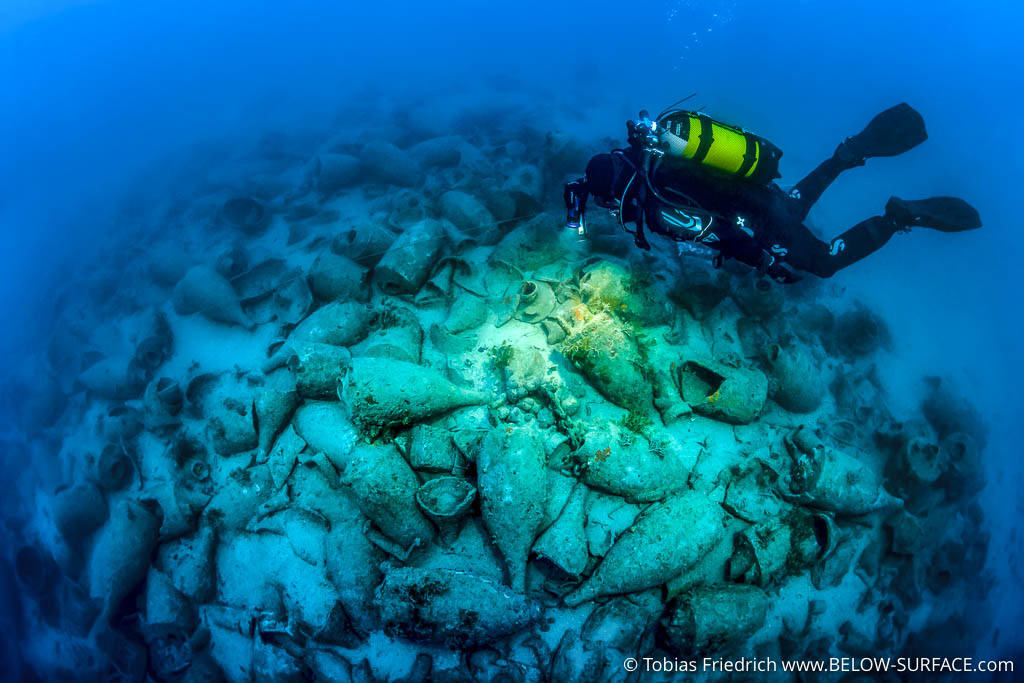
The only source of light for this image was the dive torch of the diver, which is illuminating the amphorae on this ancient Roman wreck in the Mediterranean Sea near Loano, Italy.
Underwater photographers must also master mixed lighting; that is, the combination of natural and artificial light. Light is absorbed in much greater amounts by water than by air. Especially at deeper depths, the sun’s rays do not provide enough light to produce aesthetically-pleasing images, and diver-photographers must use artificial light sources to compensate for the natural light that is lost to absorption.
Working with Strobes
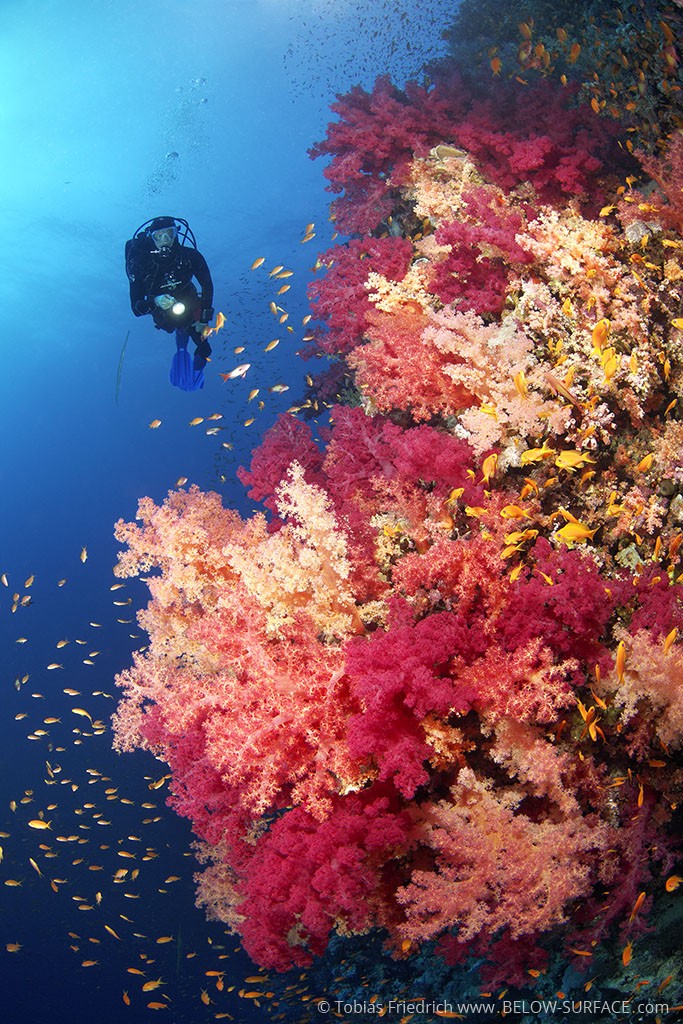
“Artificial strobes and the light of a buddy’s dive torch were used to bring out the colors of the red, yellow and orange soft corals in this photo taken at the Brother Islands, Red Sea, Egypt.
The most generic tools for introducing artificial light to underwater photography come in the form of strobes. External strobes are attached directly to the camera or its housing, while slave strobes can be placed in different places and activated using either an electrical cord or optical sensors. How many strobes you use depends entirely on your goal: one strobe is good if you only want to light up part of a picture, whereas two strobes are usually powerful enough to light up the entire scene.
Friedrich also suggested experimenting with a slave strobe set up on a flexible tripod, as light from a strategically-placed strobe provides more depth of field. “You don’t always need to limit yourself to strobes,” he said. “There are other options, such as your buddy’s dive torch, a video light and, of course, the sun’s rays.”
Working with Natural Light
Friedrich encouraged photographers to let the sun do part of the work as well by shooting against the sun. According to Friedrich, these shots can be done best in the early mornings or late afternoons. At these times, most of the sun’s rays reflect off the water surface and only some rays get through, providing ideal lighting conditions and preventing images from getting ‘burned out’.
“You may have to get a little creative in order to catch the right moment,” Friedrich suggests. “Many dive operators have fixed sailing times but often you can work out a deal so they take you out in the lighting conditions you desire.”
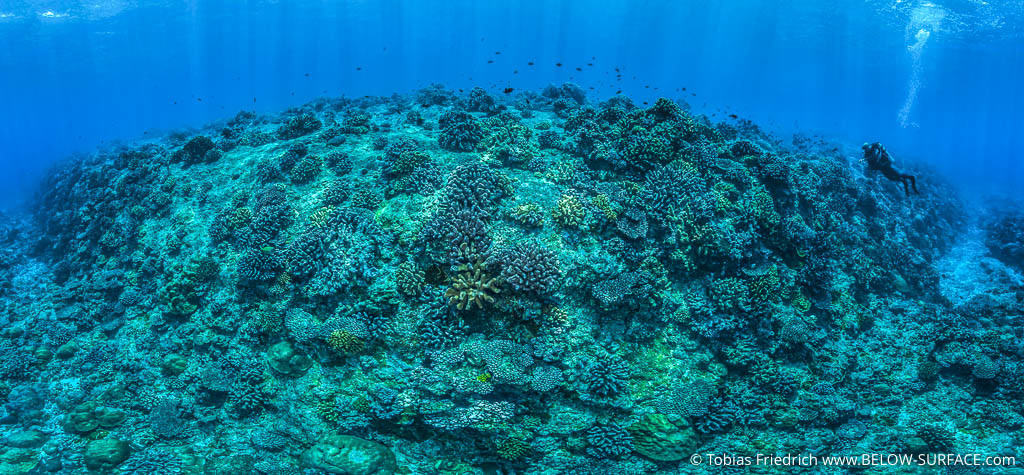
Natural light from the sun is all it took to light up this panoramic view of a hard coral reef at Christmas Island in the Indian Ocean.
Try, Try and Try Again
“Photographers must always be thinking about what can be adjusted to make improvements,” said Friedrich. “Should I change the angle of the camera? Would getting closer or farther from my subject make a difference? What position should strobes be in and how should I set the settings? Does this scene need background lighting?” Moreover, you don’t always have the luxury of a captive subject. It takes a lot of practice to set up your gear in time to capture a fast-moving subject.
“Most published images are the result of a process of trial and error,” Friedrich concluded. “Even the most experienced photographers take countless images before getting it even close to right. Snap a photo; see how it turned out; make a small adjustment; then take another shot. If you think you’re satisfied with your picture, try even harder, and you will get a better image every time..”
About Tobias Friedrich
Tobias Friedrich is an award-winning German underwater photographer whose images have appeared in countless online magazines and other publications, including Red Bull, BBC, The Times, Scuba Diving Magazine, and US Sport Diver. Countless underwater photographic competitions such as Smithsonian’s Ocean Views, Ocean Art, Epson Red Sea, Beneath the Sea, and Celebrate the Sea have honored his work. Tobias is always keen to take up new challenges and loves to experiment with new, creative ways to create the best underwater images.
Learn more about Tobias at www.below-surface.com.
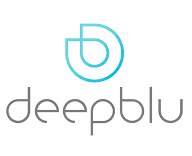 Deepblu is a diving technology company which has created the first social network for scuba divers, freedivers, underwater photographers and other ocean-lovers. Deepblu also produces the COSMIQ+ Dive Computer. Divers wanting to give Deepblu a shot can try it out today at deepblu.com, and those interested in the COSMIQ+ Dive Computer can go to about.deepblu.com/cosmiq.
Deepblu is a diving technology company which has created the first social network for scuba divers, freedivers, underwater photographers and other ocean-lovers. Deepblu also produces the COSMIQ+ Dive Computer. Divers wanting to give Deepblu a shot can try it out today at deepblu.com, and those interested in the COSMIQ+ Dive Computer can go to about.deepblu.com/cosmiq.
Gear News
Go anywhere with Stahlsac
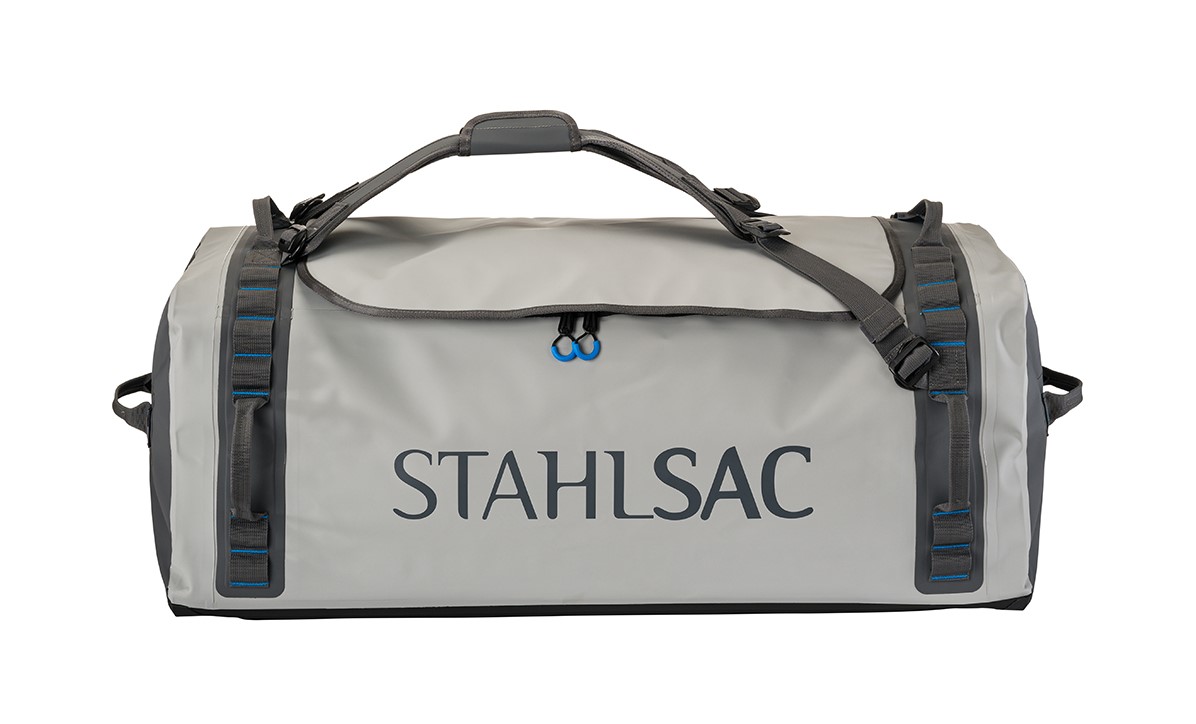
Stahlsac dive bags and travel luggage are built for our community of divers, surfers, kayakers and outdoor explorers who need bags that are constructed with durability, toughness, and 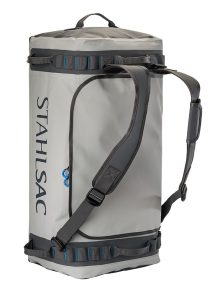 the highest quality the industry has ever seen. We were founded by one man determined to build better watersports and dive bags, and today, that mission is carried on by many. Adventure doesn’t just present itself; it requires discovery. When we design dive bags, we make sure they are tough enough for you to explore in all conditions—warm and cold, wet and dry—to the nearest and farthest reaches of the earth. And for those times you want to push the boundaries of adventure, Stahlsac dive bags make sure you can truly GO ANYWHERE.
the highest quality the industry has ever seen. We were founded by one man determined to build better watersports and dive bags, and today, that mission is carried on by many. Adventure doesn’t just present itself; it requires discovery. When we design dive bags, we make sure they are tough enough for you to explore in all conditions—warm and cold, wet and dry—to the nearest and farthest reaches of the earth. And for those times you want to push the boundaries of adventure, Stahlsac dive bags make sure you can truly GO ANYWHERE.
Abyss Duffels
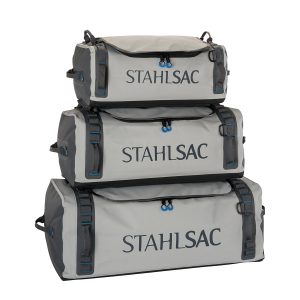 Made to be your partner-in-crime on every adventure, Stahlsac’s Abyss Duffels protects your gear from Mother Nature’s worst. Tough and 100% waterproof with double-TPU nylon material that shrugs off daily wear-and-tear, and RF-welded seams further boost the bag’s potential for lifelong exploring. Get Wet. Get Lost. Go Anywhere with Abyss.
Made to be your partner-in-crime on every adventure, Stahlsac’s Abyss Duffels protects your gear from Mother Nature’s worst. Tough and 100% waterproof with double-TPU nylon material that shrugs off daily wear-and-tear, and RF-welded seams further boost the bag’s potential for lifelong exploring. Get Wet. Get Lost. Go Anywhere with Abyss.
- A weatherproof duffel for trips, travel, and adventure
- Ultra-durable double-TPU nylon protects your gear
- Material repels water and keeps your equipment dry
- RF-welded seams are flush, tough, and waterproof
- Removable straps transform duffel into backpack
- Zippered internal stow compartments carry essentials
- External zippered flap is easy to open and close
- Welded external handles make transporting a breeze
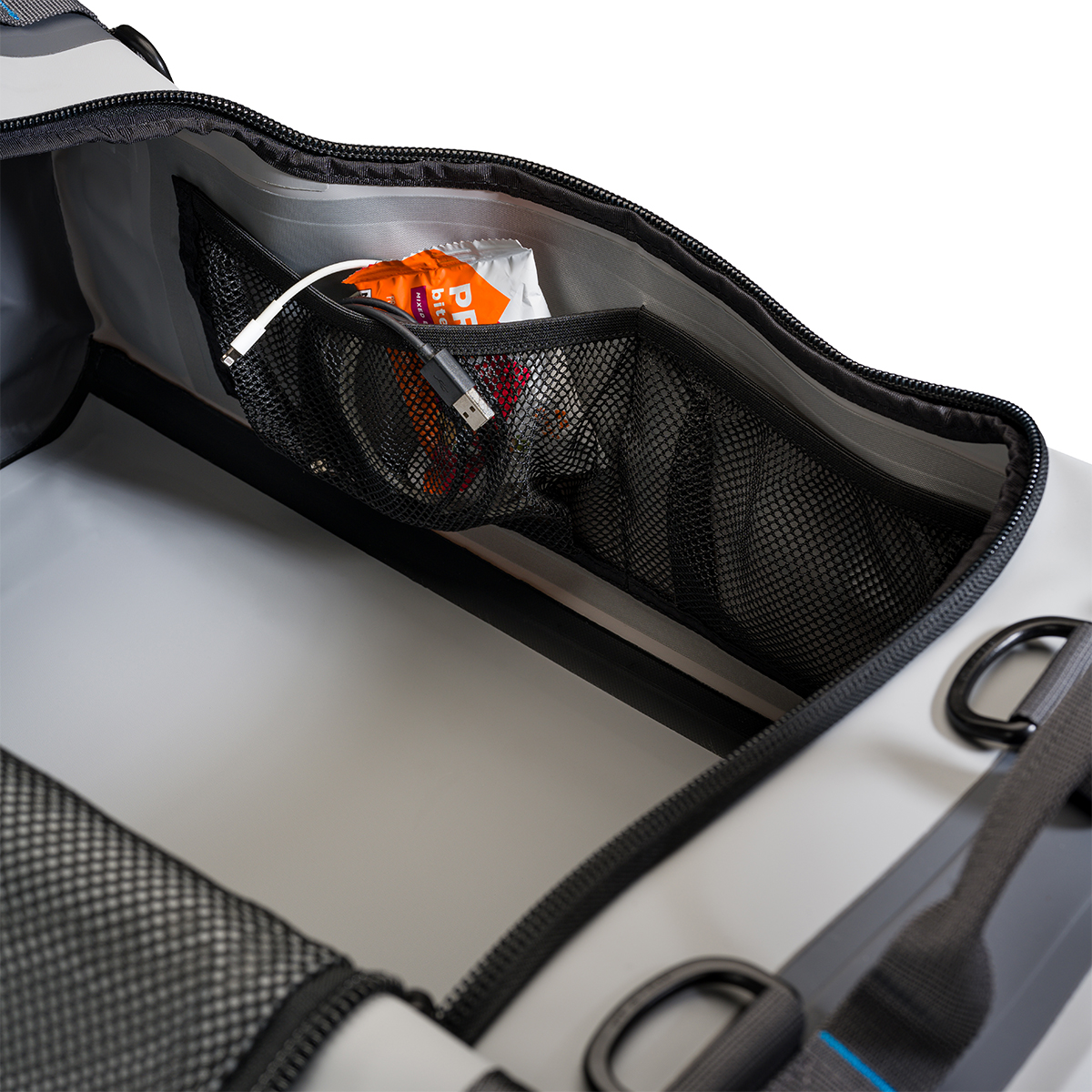
Panama Mesh Backpack
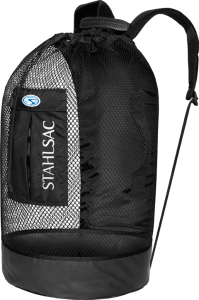 The most copied design in scuba diving, the Stahlsac Panama Mesh Backpack is the “original” design and features two high-density foam padded shoulder straps, extra durable polyester mesh, duffel bag handles and our unique zippered dry pocket inside that combines with a wet pocket outside. The bottom’s built from reinforced 18-gauge PVC nylon to combat the wear and tear of your active coastal lifestyle, and, as a bonus in every bag, we supply a 12″ x 12″ mesh drawstring satchel for extra stowing utility. Pack up your beach kit and go.
The most copied design in scuba diving, the Stahlsac Panama Mesh Backpack is the “original” design and features two high-density foam padded shoulder straps, extra durable polyester mesh, duffel bag handles and our unique zippered dry pocket inside that combines with a wet pocket outside. The bottom’s built from reinforced 18-gauge PVC nylon to combat the wear and tear of your active coastal lifestyle, and, as a bonus in every bag, we supply a 12″ x 12″ mesh drawstring satchel for extra stowing utility. Pack up your beach kit and go.
- Density foam padded shoulder straps
- Outside wet/dry pockets
- 2 Carry handles
- Tough, snag-resistant polyester mesh
- Reinforced PVC bottom
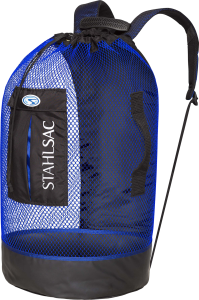
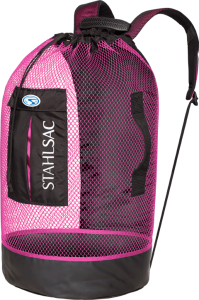
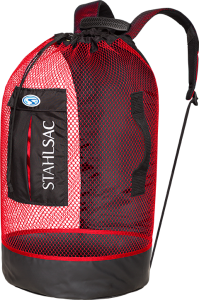
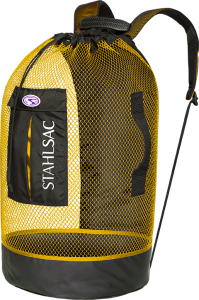
For more information about Stahlsac bags, visit www.stahlsac.com/dive-bags.
Sea & Sea is the home of Stahlsac and other leading diving brands in the UK.
Blogs
EXCLUSIVE: Jeff Goodman interviews Mark Spiers, CEO of New Scuba Diving Training Agency NovoScuba

In a video recorded exclusively for Scubaverse.com, Jeff Goodman interviews Mark Spiers, CEO of new scuba diving training agency NovoScuba.
Find out more about NovoScuba at www.novoscuba.com.
-

 News3 months ago
News3 months agoCapturing Critters in Lembeh Underwater Photography Workshop 2024: Event Roundup
-

 Marine Life & Conservation Blogs3 months ago
Marine Life & Conservation Blogs3 months agoCreature Feature: Swell Sharks
-

 Blogs2 months ago
Blogs2 months agoMurex Resorts: Passport to Paradise!
-

 Gear Reviews4 weeks ago
Gear Reviews4 weeks agoGEAR REVIEW – Revolutionising Diving Comfort: The Sharkskin T2 Chillproof Suit
-

 Blogs3 months ago
Blogs3 months agoDiver Discovering Whale Skeletons Beneath Ice Judged World’s Best Underwater Photograph
-

 News3 months ago
News3 months agoPADI Teams Up with Wellness Brand Neuro to Drive Ocean Change and Create a Blue State of Mind
-

 Gear Reviews3 months ago
Gear Reviews3 months agoGear Review: Oceanic+ Dive Housing for iPhone
-

 News3 months ago
News3 months agoWorld’s Best Underwater Photographers Unveil Breathtaking Images at World Shootout 2023


